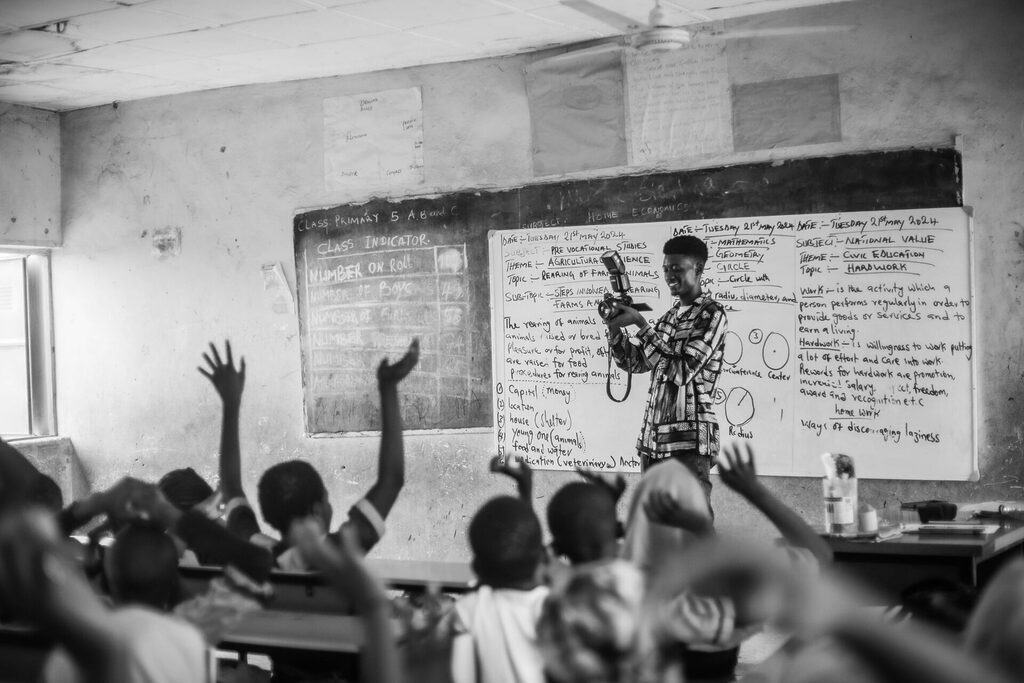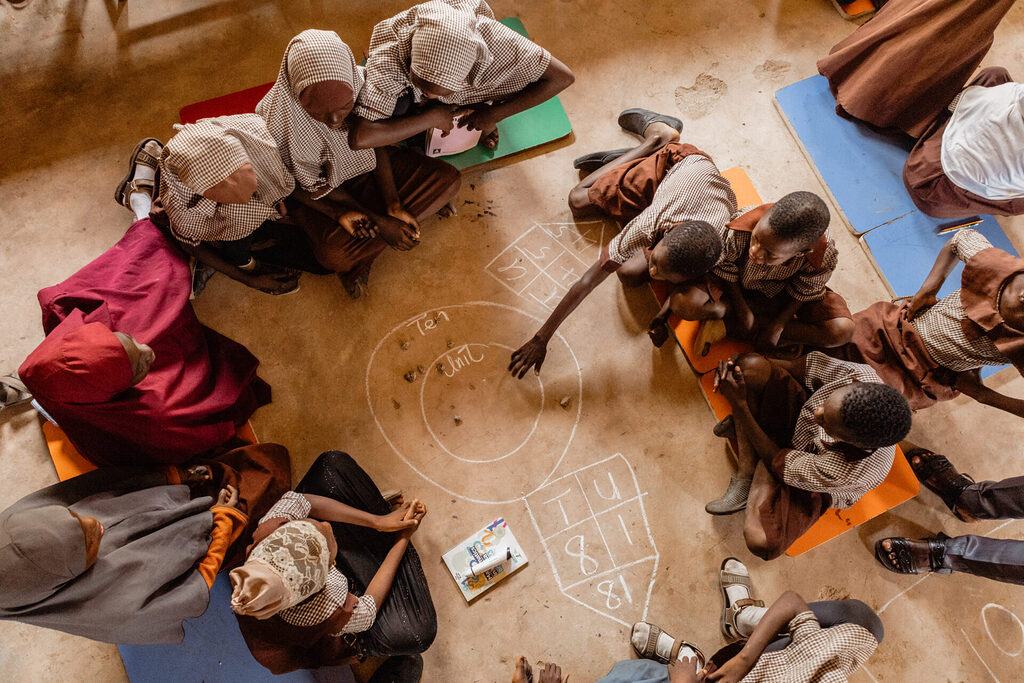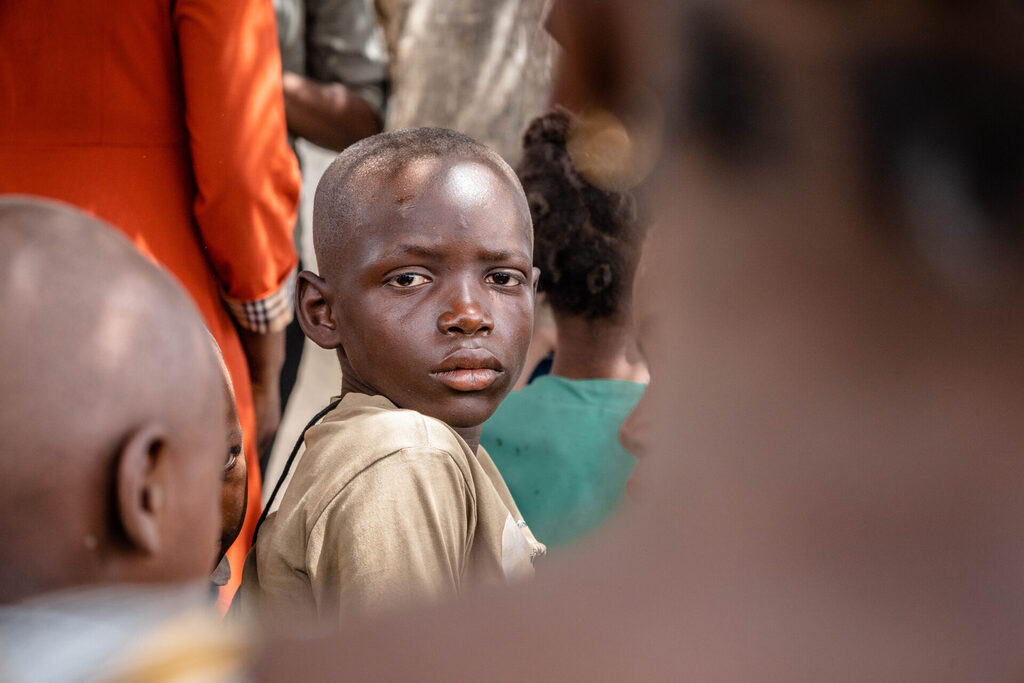
Photography has always had the power to tell stories that words alone cannot convey. In the hands of activists, it becomes a force for social change, a bridge between art and advocacy, where images spark reflection, raise awareness and incite action. This intersection of art and activism invites photographers to use their creative expression as a vehicle for justice, amplifying the voices of those who need to be heard.
In this article, we’ll explore how photography documents life and transforms it, becoming an essential tool for driving social awareness and change.
In photography, each frame tells a story, and a single image can communicate layers of meaning. A well-crafted photograph transcends cultural and language barriers, evoking emotions such as empathy, anger, or hope. It connects viewers to the human experience in intimate and impactful ways.

Through visual storytelling, photographers can convey complex societal issues such as poverty, inequality, or displacement in a way that inspires a deeper understanding. This visual narrative encourages the audience to confront uncomfortable realities and fosters solidarity with those affected. In this sense, photography becomes an instrument of connection, empathy, and change.
Photography has played a pivotal role in historical and contemporary movements for justice. From documenting civil rights marches to shedding light on the horrors of war, it brings hidden stories to the forefront. By capturing injustice, whether systemic racism, environmental degradation, or gender inequality, photographers help make visible what is often ignored or suppressed.
A powerful image can amplify marginalised voices, ensuring their stories reach a global stage. Whether it’s the expression of resilience on the face of a protestor or the anguish of a displaced family, these images call viewers to recognise the human consequences of injustice. In doing so, photography rallies support for movements mobilises communities and helps sustain momentum for change.

Images often speak louder than words. Photography doesn’t just capture moments; it creates narratives that can challenge perceptions, initiate dialogue, and alter public consciousness. By highlighting critical social, political, or environmental issues, photography can raise awareness in ways that compel action.
From visual social media campaigns to exhibitions, photography has the power to reach far beyond borders, sparking global conversations. These visual representations of reality can shift public opinion, fuel activism, and influence policy, inspiring people to become agents of change in their own communities.
Photography can also empower individuals and communities by offering them the tools to tell their own stories. Too often, the voices of marginalised groups are silenced, their narratives shaped by those in power. Through participatory photography and collaborative projects, communities can reclaim these narratives, challenging dominant discourses that misrepresent them.
Photographers and activists can help people visually express their lived experiences by teaching photography skills or organising community-led photo projects. This empowerment fosters self-representation, strengthens collective identities, and sparks local movements toward social justice.

At the intersection of art and activism, photography has proven to be a transformative tool for change. Photographers play an essential role in driving social justice efforts by harnessing the power of visual storytelling, documenting injustice, raising awareness, and empowering communities. Each image is an opportunity to inform, challenge, and inspire collective action.
As photographers, activists, and storytellers, the challenge is to continue using photography as a lens through which the world can see its inequalities and as a call to make it a better, more just place for all.
Written by: Ajibola Ojediran
Digital Communications Assistant